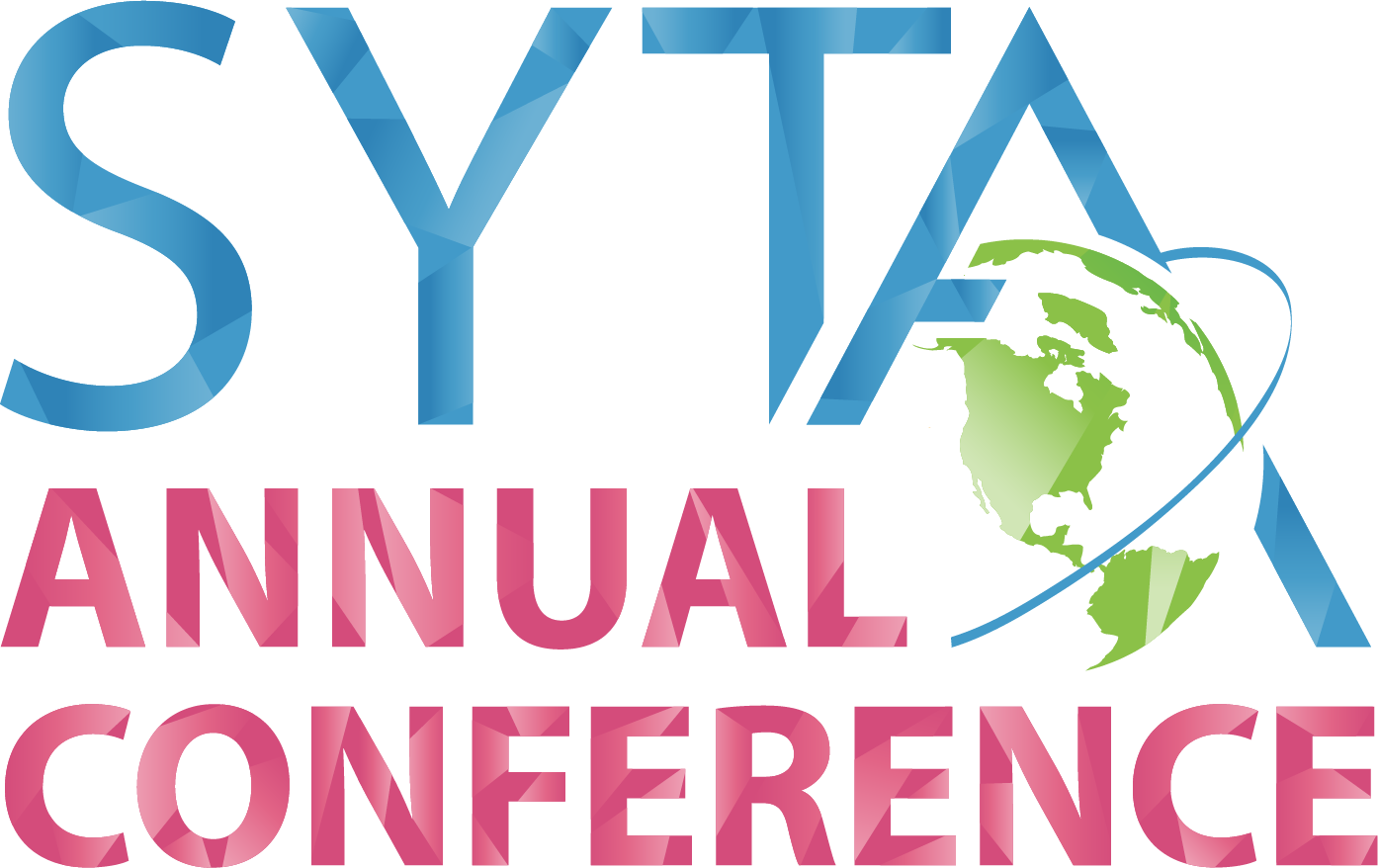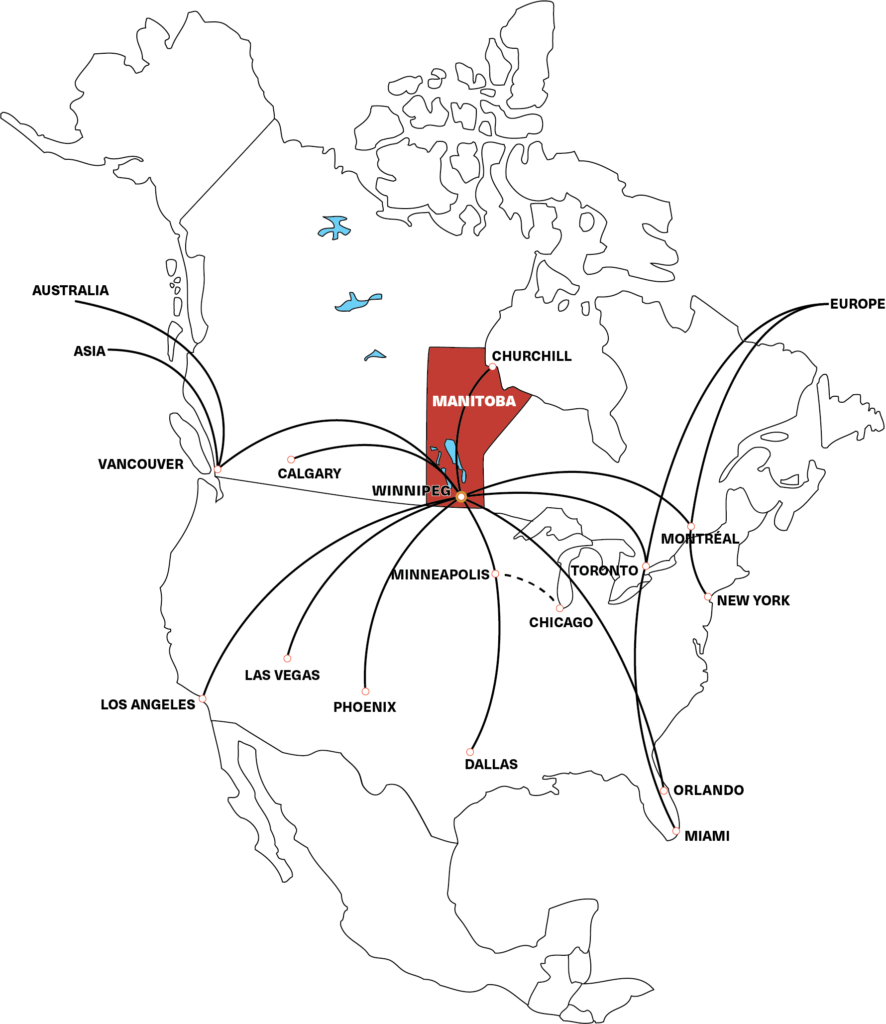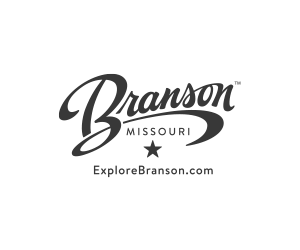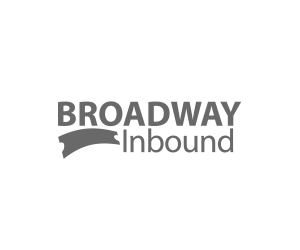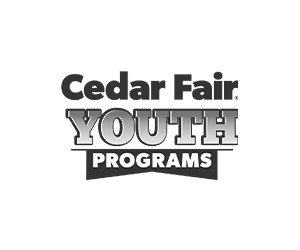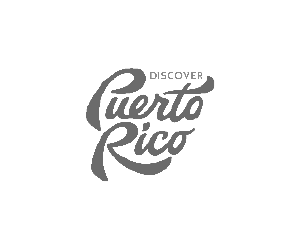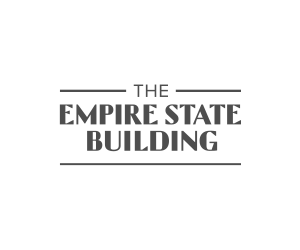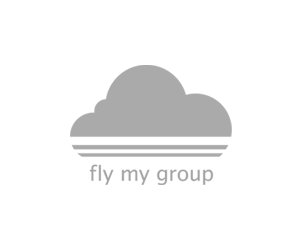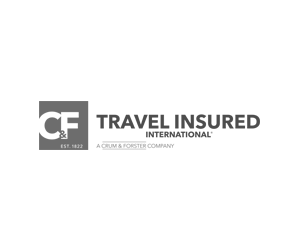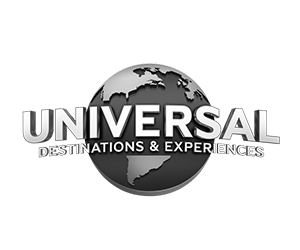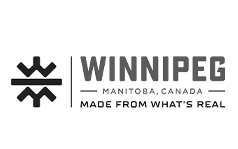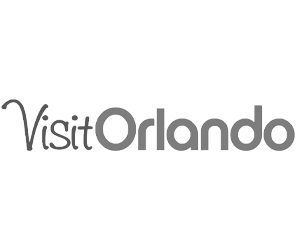RETURNING FROM CANADA
MARKING YOUR DECLARATION
If you are returning to Canada by commercial aircraft, you will receive a Canada Border Services Agency (CBSA) Declaration Card to complete before you land. These cards are also used at some locations for travelers arriving by train, boat or bus.
If you have any questions about the card or Canadian regulations, please ask the border services officer when you arrive.
If you arrive in Canada in a private vehicle, such as an automobile, an aircraft, a boat or a bus, you can usually make an oral declaration.
If you are declaring goods claimed as part of your 7 day/CAN$800 exemption that arrived in Canada before you or will arrive after your return to Canada, ask the border services officer for a BSF192, Personal Exemption CBSA Declaration. You will need your copy of this form to claim these goods. Otherwise, you may have to pay the regular duty and taxes on them. The form will only be completed by a border services officer at the CBSA port of entry. This form is not available online.
If you arrive at selected international airports, you can make an on screen declaration using a Primary Inspection Kiosk. Scan your travel document, take your photo and answer a few questions to complete your declaration. And if you use our eDeclaration mobile app, you can reduce your processing time at the kiosk by 50%.
If you arrive at an airport without the kiosks, you will receive a Canada Border Services Agency (CBSA) Declaration Card to complete before you land.
If you have any questions about your declaration, ask the border services officer when you arrive.
FALSE DECLARATIONS AND SEIZURE OF GOODS
If you do not declare, or falsely declare, goods, the CBSA can seize them. This means that you may lose the goods permanently or that you may have to pay a penalty to get them back. Depending on the type of goods and the circumstances involved, the CBSA may impose a penalty that ranges from 25% to 80% of the value of the seized goods.
The Customs Act provides border services officers with the authority to seize vehicles that were used to import goods unlawfully. When this happens, the CBSA imposes a penalty that you must pay before the vehicle is returned to you.
If you do not declare tobacco products and alcoholic beverages at the time they were imported, the CBSA will seize them permanently.
The CBSA keeps a record of infractions. If you have an infraction record, you may have to undergo a more detailed examination on future trips. You may also become ineligible for the NEXUS and CANPASS – Private aircraft programs.
If your goods were seized and you wish to dispute the action, you can appeal by writing a letter to the CBSA within 90 days of the date of the seizure. You can find more information about the appeal process on your seizure receipt form.
PROTECTING YOUR VALUABLES
Before bringing highly valuable items with you when you travel outside Canada, you may wish to take advantage of a free identification service that is available at all CBSA offices. This service is available for items that have serial numbers or other unique markings. If the items do not have these markings, the CBSA can apply a sticker to them so that they can be identified for customs purposes as goods that are legally entering Canada.
When you show your valuables to a border services officer and state that you acquired them in Canada or lawfully imported them, the officer will list the valuables and their serial numbers on a wallet-sized card called a BSF407, Identification of Articles for Temporary Exportation. This form is only available at the port of entry. If you are questioned about your goods when you return to Canada, show your card to the officer. This will help identify the valuables that were in your possession before leaving the country.
BIOSECURITY AT THE BORDER: FOOD, PLANTS, ANIMALS AND RELATED PRODUCTS
Every traveler entering Canada has a key role to play in protecting Canada’s animals, plants and environment. Many travelers are unaware of the hazards in failing to declare food, plant and animal products, but the risks to Canada’s food supply, economy, environment and human health are very real. They threaten our food supply. They threaten Canada’s agriculture industry and economy. They threaten our environment and natural resources.
For additional information on traveling to Winnipeg, please visit https://www.tourismwinnipeg.com/plan-your-trip/travel-information.
